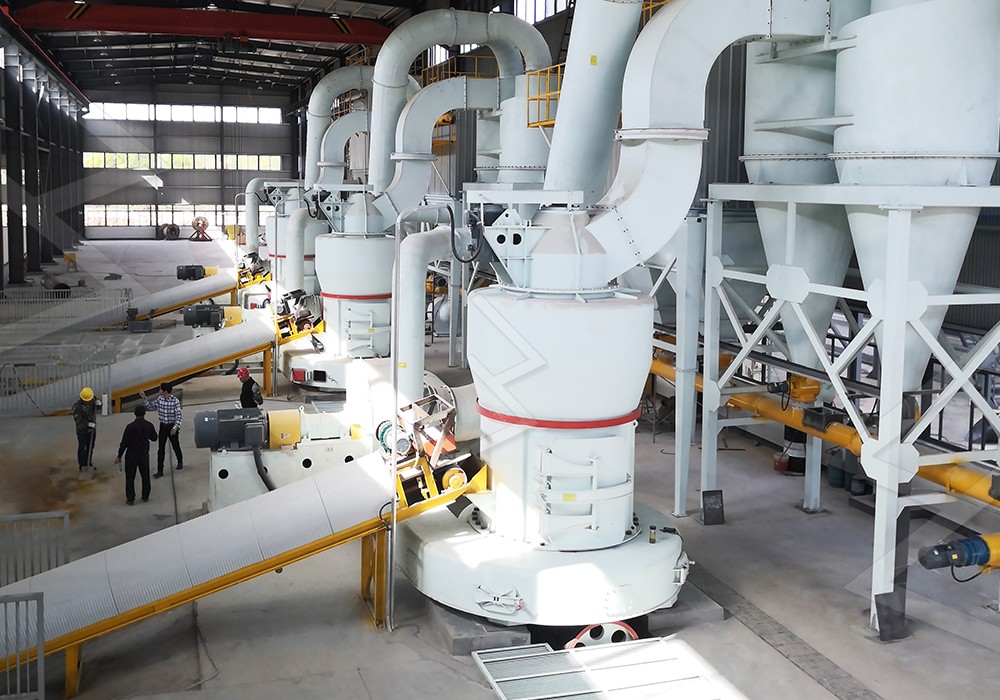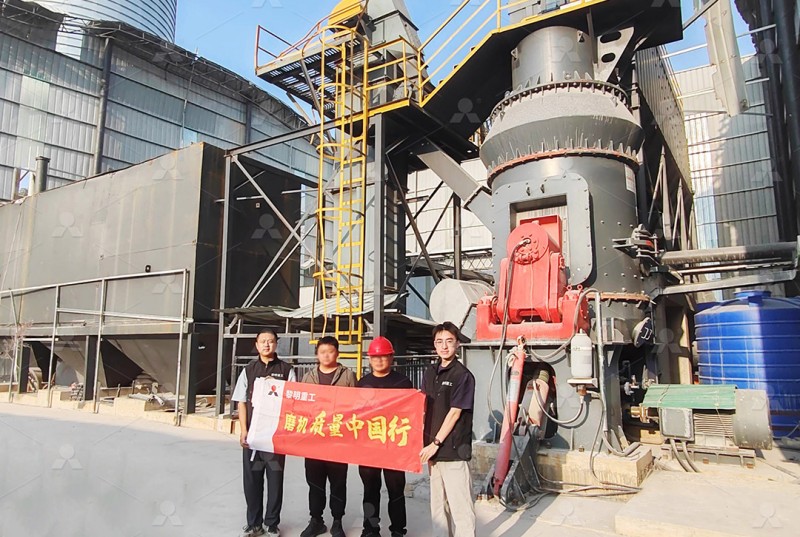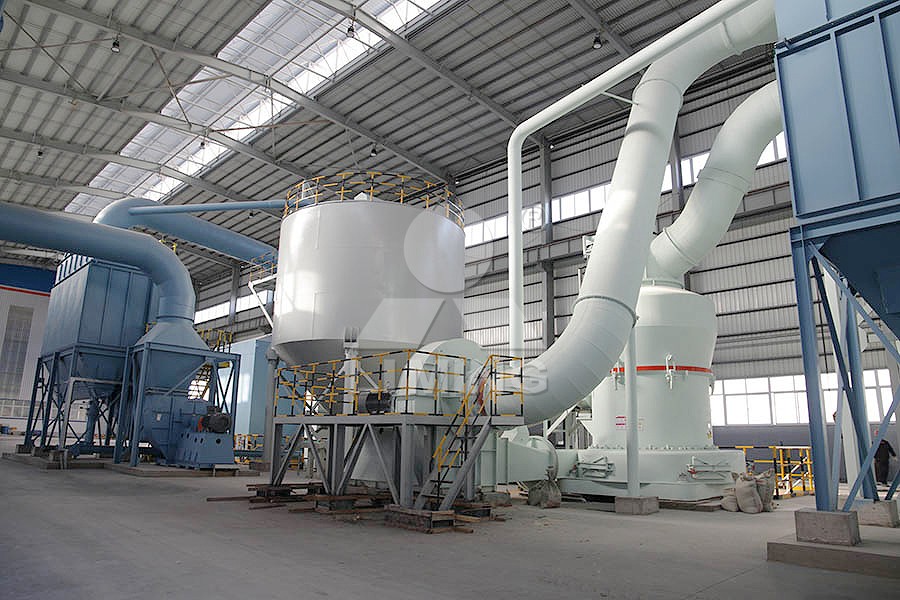What is the Flue Gas Desulfurization Process in Power Plants and Which Vertical Grinding Mill is Used for Desulfurization?
Understanding Flue Gas Desulfurization in Power Generation
Flue Gas Desulfurization (FGD) represents a critical environmental technology employed by power plants worldwide to remove sulfur dioxide (SO₂) from exhaust flue gases. This process is essential for compliance with stringent air quality regulations and minimizing the environmental impact of fossil fuel combustion. The most prevalent method involves wet scrubbing, where a sorbent—typically limestone (calcium carbonate)—reacts with SO₂ to form gypsum, a commercially usable byproduct.

The chemical process begins when crushed limestone is mixed with water to create a limestone slurry. This slurry is then sprayed into the flue gas stream within an absorber tower. The SO₂ in the flue gas dissolves into the slurry and reacts with the limestone to form calcium sulfite, which is subsequently oxidized to produce gypsum (calcium sulfate dihydrate). The efficiency of this entire process hinges significantly on the quality and fineness of the ground limestone used in the slurry.
The Critical Role of Limestone Grinding in FGD Efficiency
For the desulfurization reaction to proceed effectively, the limestone must be ground to a very specific fineness. Ultra-fine limestone powder increases the total surface area exposed to the flue gas, thereby accelerating the chemical reaction rate and enhancing SO₂ absorption efficiency. Inadequate grinding can lead to incomplete reactions, higher sorbent consumption, and potential scaling issues within the FGD system equipment.
Power plant operators require grinding mills that can consistently produce high-quality limestone powder with precise particle size distribution, all while maintaining operational reliability and cost-effectiveness. The grinding process must be energy-efficient to keep overall plant operating costs manageable, and the equipment should be designed to minimize downtime for maintenance.

Selecting the Optimal Grinding Mill for Desulfurization Applications
When evaluating grinding equipment for FGD systems, several technical factors must be considered: production capacity, energy consumption, particle size control, operational stability, and environmental compliance. Traditional ball mills have been widely used but suffer from high energy consumption and limited particle size control. Modern vertical grinding mills offer significant advantages for this application.
MW Ultrafine Grinding Mill: Advanced Solution for FGD Systems
For power plants requiring superior desulfurization performance, our MW Ultrafine Grinding Mill presents an ideal solution. This advanced mill is specifically engineered to produce ultra-fine limestone powder with fineness adjustable between 325-2500 meshes, perfectly matching the requirements of modern FGD systems.
The MW series incorporates several technological innovations that make it particularly suitable for power plant desulfurization. Its newly designed grinding curves of grinding roller and grinding ring enhance grinding efficiency substantially, achieving 40% higher production capacity compared to jet grinding mills with the same power consumption. The cage-type powder selector, adopting German technology, ensures precise particle separation, enabling operators to consistently produce limestone powder with optimal characteristics for SO₂ removal.
From an operational perspective, the MW Ultrafine Grinding Mill offers significant reliability advantages. The absence of rolling bearings and screws in the grinding chamber eliminates concerns about bearing damage or loose screws causing operational failures. Additionally, the external lubrication system allows for maintenance without shutdown, supporting continuous 24-hour operation that power plants require.
Environmental compatibility is another crucial consideration. The MW mill is equipped with an efficient pulse dust collector that prevents dust pollution during operation, while silencers and noise elimination rooms ensure compliance with environmental standards—a vital feature for power plants operating in regulated environments.
LUM Ultrafine Vertical Grinding Mill: Alternative for High-Capacity Requirements
For larger power generation facilities with greater limestone processing needs, our LUM Ultrafine Vertical Grinding Mill provides an excellent alternative. With an input size of 0-10 mm and capacity ranging from 5-18 tph, this mill integrates ultrafine powder grinding, grading, and transporting in a single system.
The LUM mill features unique roller shell and lining plate grinding curves that facilitate material layer formation, enabling high rates of finished products through single-pass powder milling. Its multi-head powder separating technology, controlled by a PLC system, allows precise control over grinding parameters while reducing energy consumption by 30%-50% compared to conventional mills.

Conclusion
Selecting the appropriate grinding mill is a critical decision that directly impacts the efficiency and cost-effectiveness of flue gas desulfurization systems in power plants. Advanced vertical grinding mills like the MW Ultrafine Grinding Mill and LUM Ultrafine Vertical Grinding Mill offer technological solutions that optimize limestone preparation for FGD processes while minimizing energy consumption and environmental impact. As emission standards continue to tighten globally, investing in high-performance grinding technology becomes increasingly essential for power generators committed to environmental stewardship and operational excellence.
Frequently Asked Questions
- Why is limestone fineness important in flue gas desulfurization?
Fine limestone powder increases the surface area available for chemical reaction with sulfur dioxide, improving absorption efficiency and reducing limestone consumption. - What makes vertical grinding mills preferable to ball mills for FGD applications?
Vertical grinding mills offer higher energy efficiency, better particle size control, smaller footprint, and lower operating costs compared to traditional ball mills. - How does the MW Ultrafine Grinding Mill achieve higher efficiency?
Through optimized grinding curves, advanced powder selection technology, and innovative design that eliminates internal bearings and screws, reducing maintenance requirements and improving reliability. - Can these grinding mills handle variations in limestone quality?
Yes, both the MW and LUM series are designed with adjustable parameters that allow operators to compensate for variations in raw material quality while maintaining consistent output fineness. - What environmental benefits do these grinding mills provide beyond FGD support?
They incorporate pulse dust collectors and noise reduction features that minimize dust emissions and noise pollution, contributing to overall plant environmental compliance.
